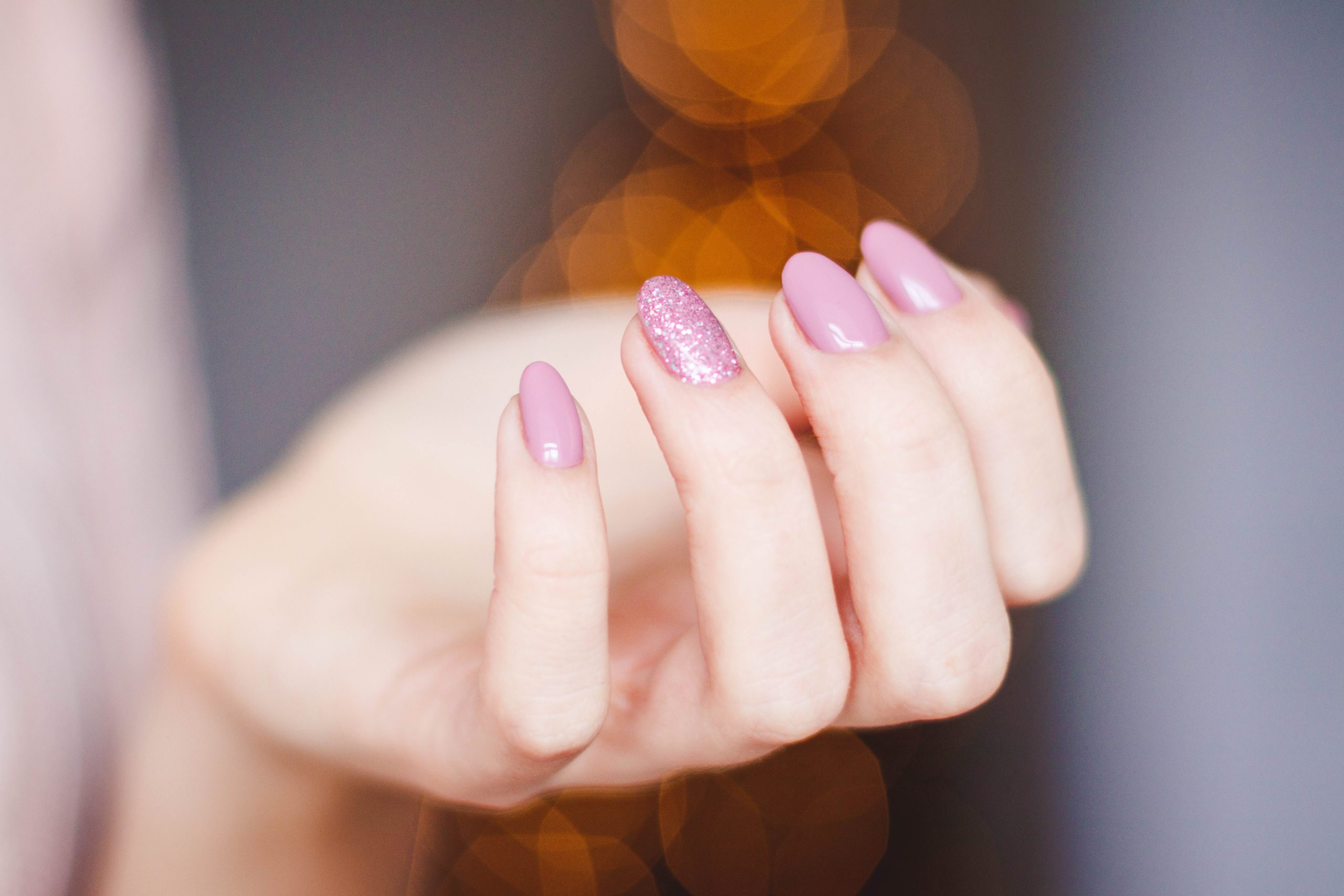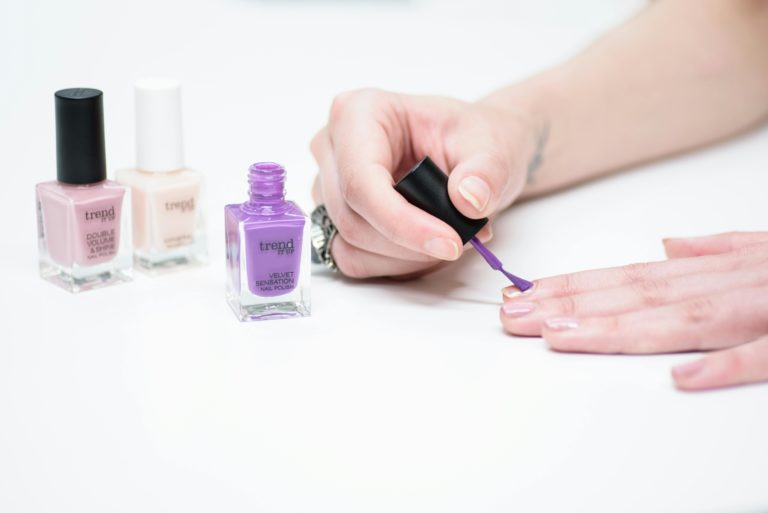Nail health is often considered a reflection of overall well-being, and it’s no surprise that hormonal changes can significantly impact the condition of our nails. Our bodies experience hormonal fluctuations that influence various aspects of our health, including the strength, growth, and appearance of our nails.
In this article, we delve into the intricate relationship between hormonal changes and nail health, providing insights into the mechanisms at play and offering practical tips for maintaining strong and beautiful nails.
The Dynamics of Hormonal Changes
Hormones play a pivotal role in regulating numerous bodily functions, and their influence extends to the health of our nails. Fluctuations in hormones, such as estrogen, progesterone, and thyroid hormones, can lead to changes in nail growth, thickness, and overall resilience.
Puberty and Nail Changes
During puberty, the surge in hormones can affect the development of various tissues, including the nails. Adolescents may experience changes in the texture and growth rate of their nails, with some noticing increased brittleness or changes in color.
Pregnancy and Nail Growth
Pregnancy is a time of profound hormonal changes, and many women observe changes in their nails during this period. Some may notice accelerated nail growth, while others may experience increased brittleness or changes in thickness. The hormonal fluctuations during pregnancy, especially the rise in estrogen and progesterone, can contribute to these variations.
Menopause and Nail Thinning
As women enter menopause, a decline in estrogen levels can impact the health of their nails. Many may observe thinning and increased brittleness, which can be attributed to the hormonal shifts that accompany this life stage.
Nail Health Indicators
Understanding the signs of hormonal influence on nail health is crucial for proactive care. Here are some common indicators of hormonal changes affecting the nails:
Vertical Ridges
Hormonal fluctuations, particularly those related to aging or nutritional deficiencies, can manifest as vertical ridges on the nails. These ridges may indicate a slowdown in nail cell turnover.
Changes in Color
Changes in hormone levels can sometimes lead to alterations in nail color. Hormonal imbalances may contribute to yellowing or darkening of the nails.
Brittleness and Breakage
Decreased estrogen levels, as seen in menopause or certain medical conditions, can lead to decreased collagen production, resulting in brittle nails prone to breakage.
Changes in Growth Rate
Hormonal changes, whether due to puberty, pregnancy, or aging, can influence the speed at which nails grow. Some may notice accelerated growth, while others may experience a slowdown.
Practical Tips for Nail Health During Hormonal Changes
While hormonal changes are a natural part of life, there are proactive steps you can take to maintain optimal nail health:
Balanced Diet
Ensure your diet is rich in essential nutrients, including biotin, iron, and vitamins A and E. These nutrients play a crucial role in supporting overall nail health.
Hydration
Proper hydration is essential for healthy nails. Drinking an adequate amount of water helps prevent brittleness and promotes flexibility in the nails.
Gentle Nail Care
Avoid excessive use of harsh chemicals and nail products. Opt for acetone-free nail polish removers and moisturize your nails and cuticles regularly.
Hormone-Balancing Activities
Engage in activities that promote hormonal balance, such as regular exercise and stress management. Balanced hormones contribute to overall well-being, including nail health.
Professional Guidance
If you notice significant changes in your nails or suspect hormonal imbalances, consult with a healthcare professional. They can conduct tests to assess hormonal levels and provide guidance on potential interventions.
Conclusion
Our nails serve as silent indicators of our overall health, and hormonal changes can exert a profound influence on our appearance and strength. Understanding the dynamics of hormonal fluctuations during puberty, pregnancy, and menopause allows us to better care for our nails during these transitions. By adopting a holistic approach that includes a balanced diet, hydration, gentle nail care, hormone-balancing activities, and seeking professional guidance when needed, we can navigate hormonal changes with grace and maintain optimal nail health.
FAQs
Q1: Can hormonal changes cause nail discoloration?
Yes, hormonal imbalances can contribute to changes in nail color. Yellowing or darkening of the nails may be indicative of hormonal fluctuations.
Q2: Are vertical ridges on the nails a sign of hormonal changes?
Vertical ridges can be associated with hormonal changes, especially those related to aging or nutritional deficiencies. They may indicate a slowdown in nail cell turnover.
Q3: How can I support nail health during pregnancy?
Maintaining a balanced diet rich in essential nutrients, staying hydrated, and practicing gentle nail care are crucial during pregnancy to support overall nail health. If you have concerns, consult with your healthcare provider for personalized advice.



